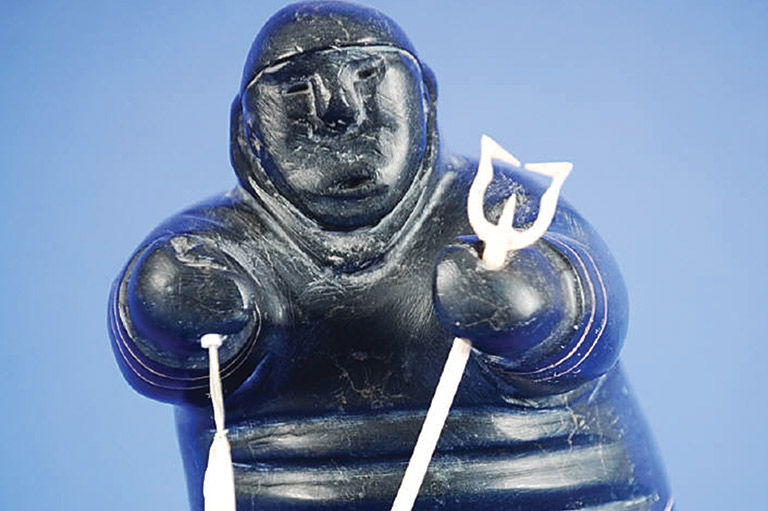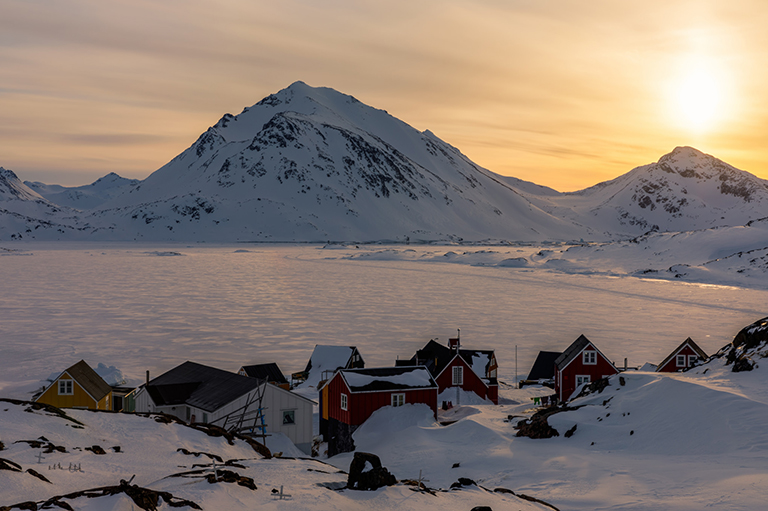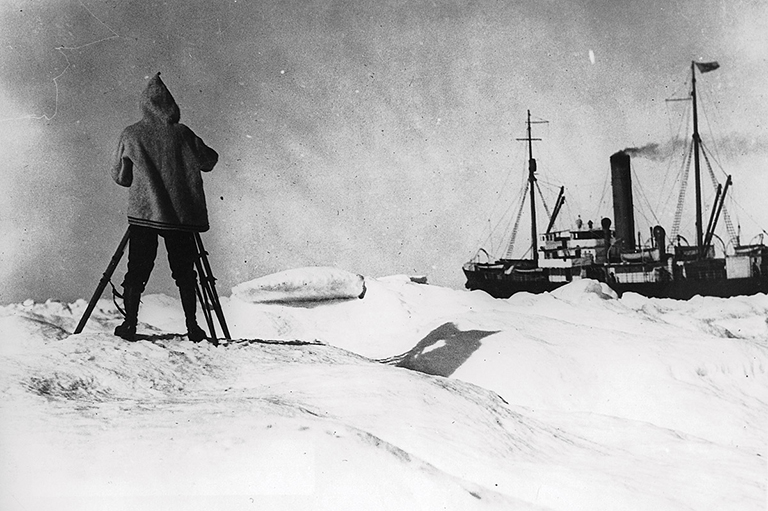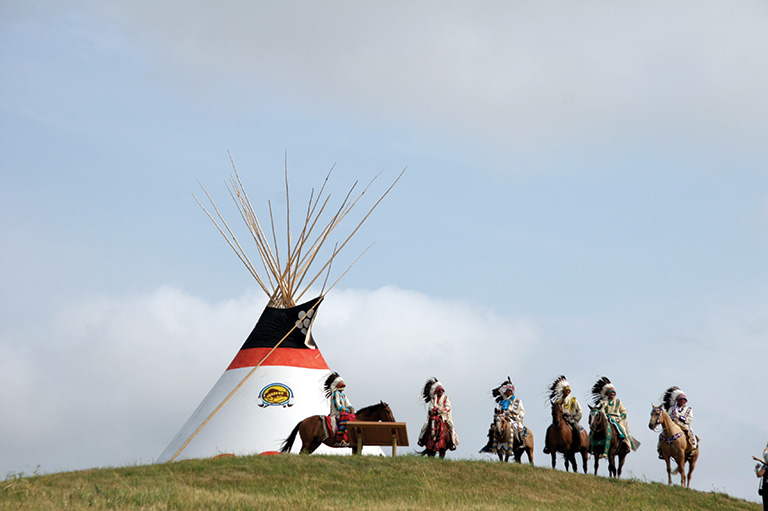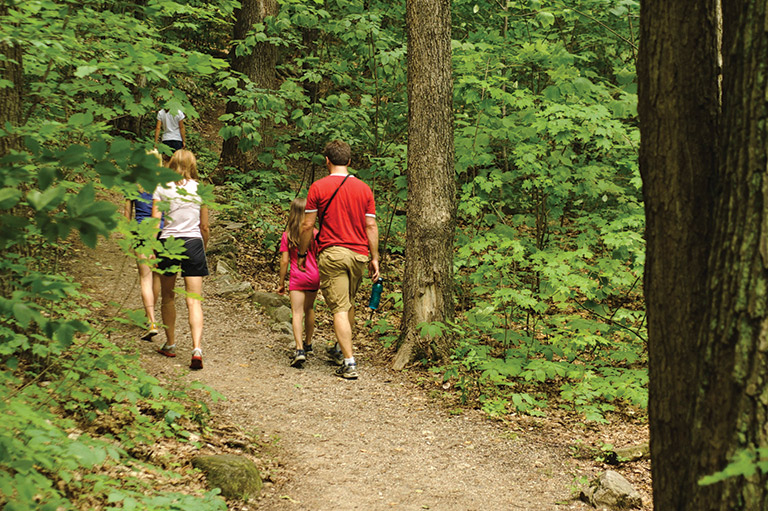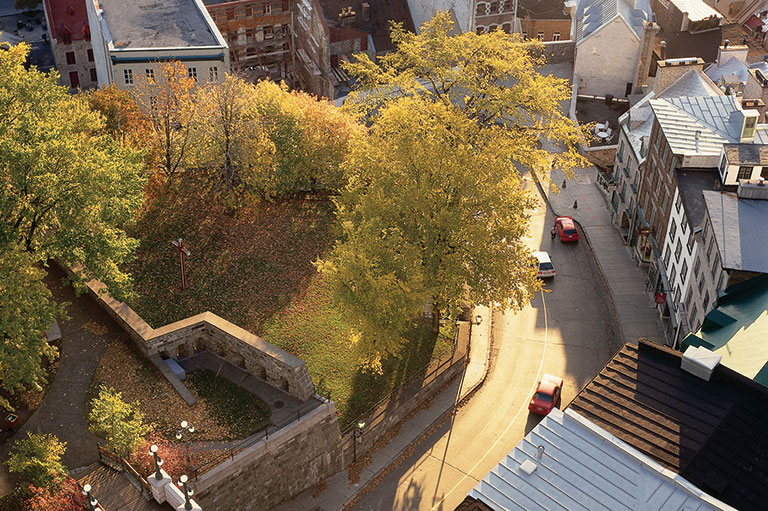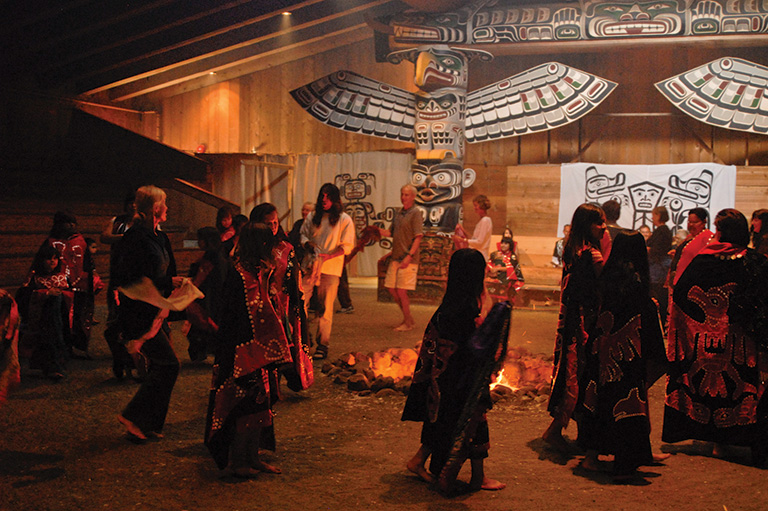It Is Bright, It Is Lit
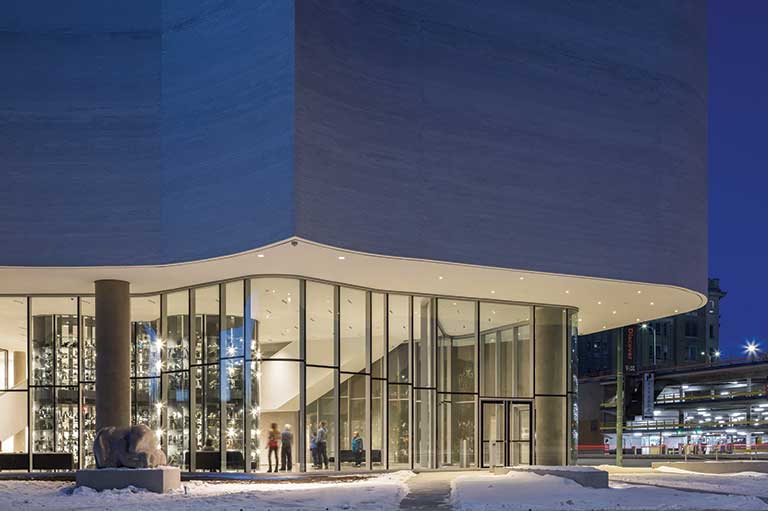
The Winnipeg Art Gallery has opened its Inuit art centre — named Qaumajuq — and launched the inaugural exhibition. The centre is housed in a new 3,700-square-metre building that connects to the existing gallery building on four levels. Its centrepiece is the three-storey Visible Vault that displays thousands of Inuit stone carvings.
The WAG is home to the world’s largest public collection of Inuit art, and Qaumajuq is intended to prioritize Inuit voices, art, and culture. Meaning “it is bright, it is lit” in Inuktitut (Nunavik), the centre’s name was selected by a group of Indigenous Language Keepers and Elders who gathered virtually in 2020. Maxine Anguk, digital platform project manager for the Visible Vault, said hearing the Indigenous names for the gallery spaces “makes my heart so happy!” Anguk, who was raised in Whale Cove, Nunavut, is working with Inuit filmmakers, photographers, and other community members while seeking to demonstrate “how important language is in creating meaningful relationships.”
Designed by Michael Maltzan Architecture, the new building respects the gallery’s modernist main building while fulfilling the objective of improving public access to the Inuit art collection. Qaumajuq’s facade is made of Bethel white granite and resembles forms Maltzan encountered on a trip to Nunavut. The Visible Vault and other interior spaces can be seen from Nutaaq Tummaqtuyuq, the outdoor plaza (seen above) whose name means “big steps forward” in Inuvialuktun.
The centre’s inaugural exhibition, INUA — which means life force in several Arctic dialects — was curated by a team representing the four regions of Inuit Nunangat, the homeland of Inuit in Canada. Displayed in Qaumajuq’s skylight-lit main gallery, Qilak — meaning sky in Inuktitut — INUA presents work by dozens of Inuit artists from the North and others living in urban centres, as well as art by Indigenous colleagues and collaborators from other circumpolar regions.
Themes associated with this article
Advertisement

